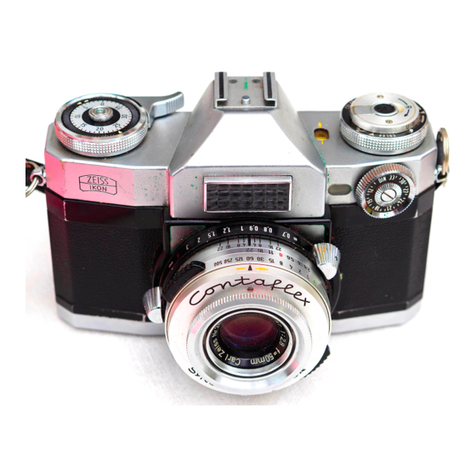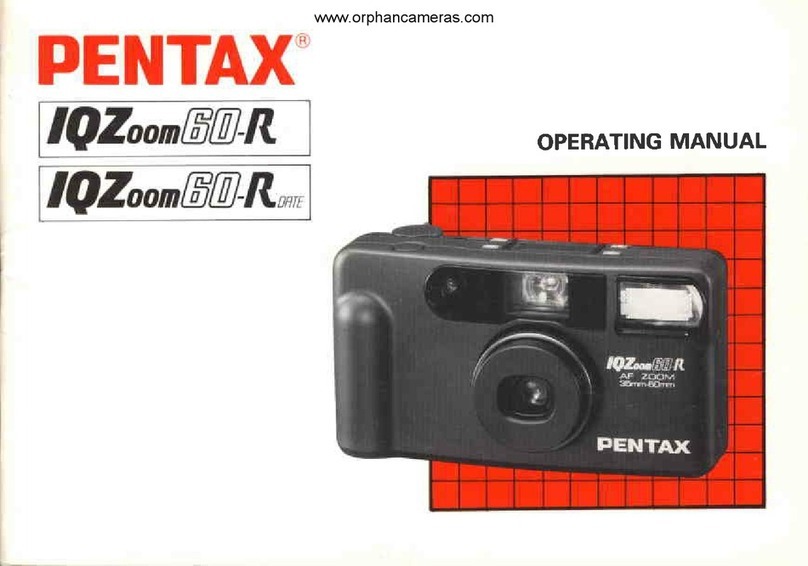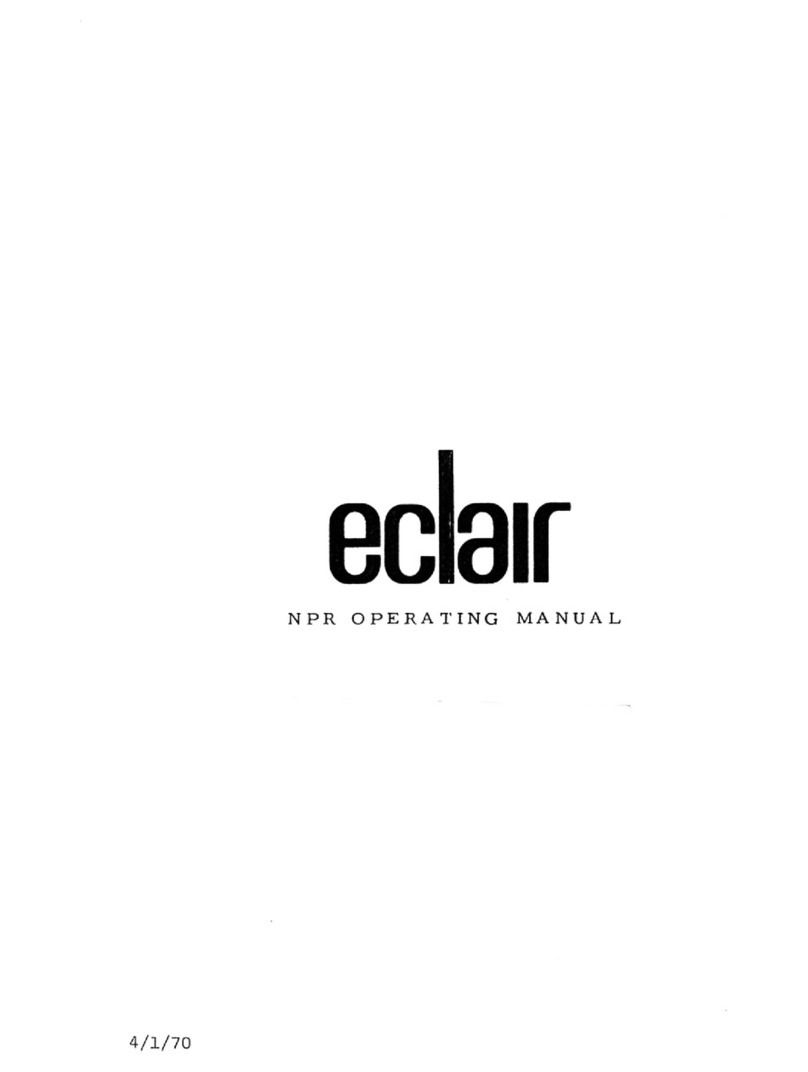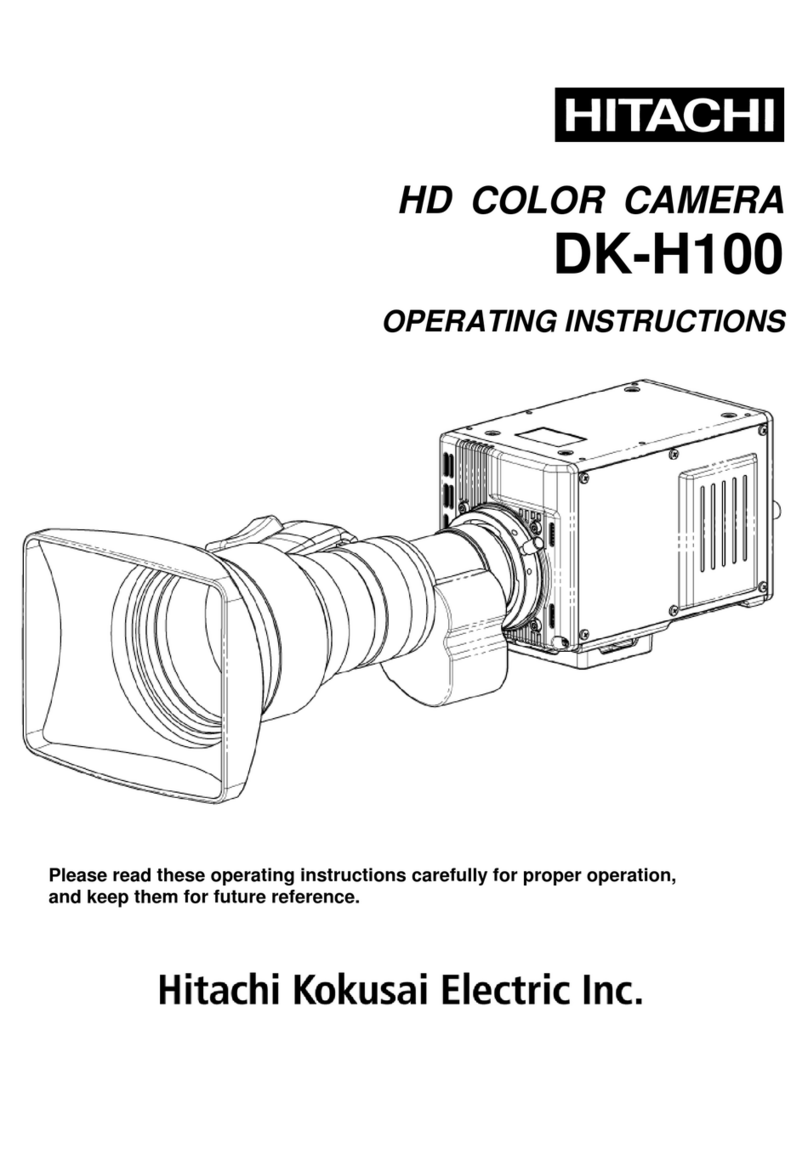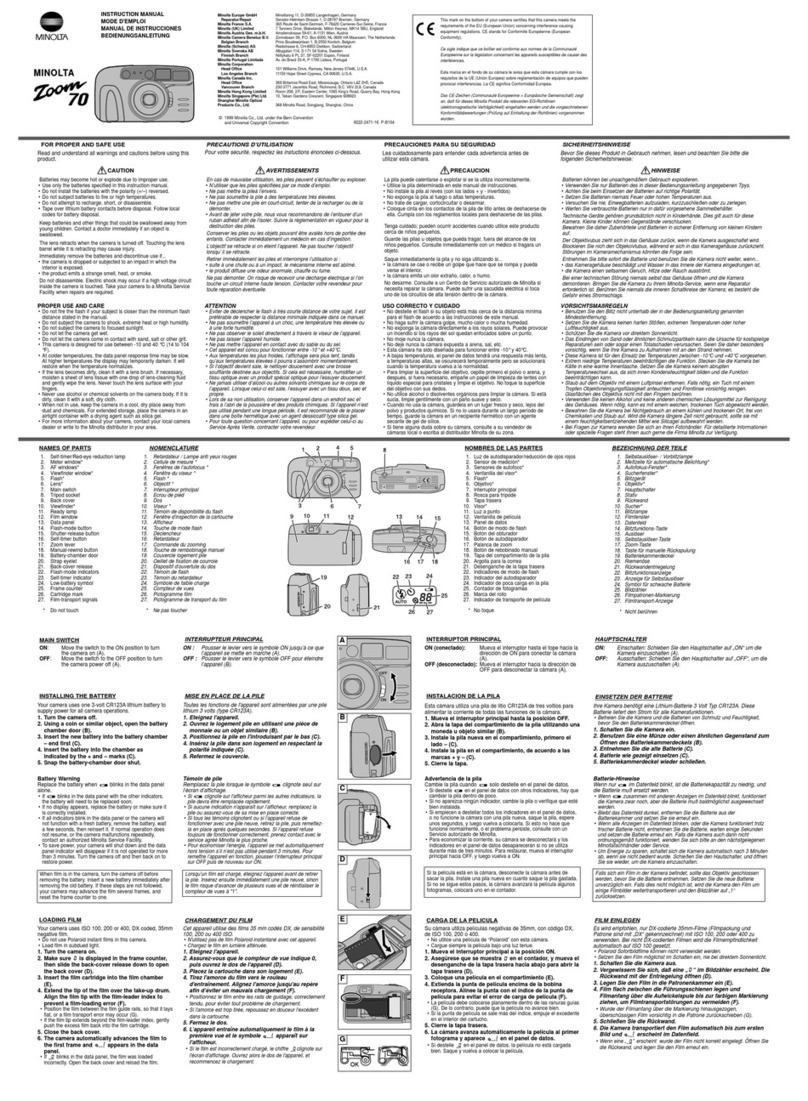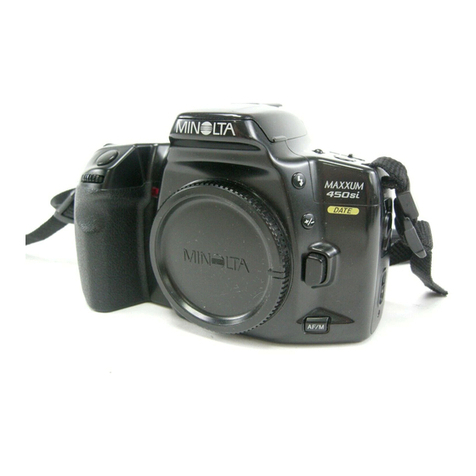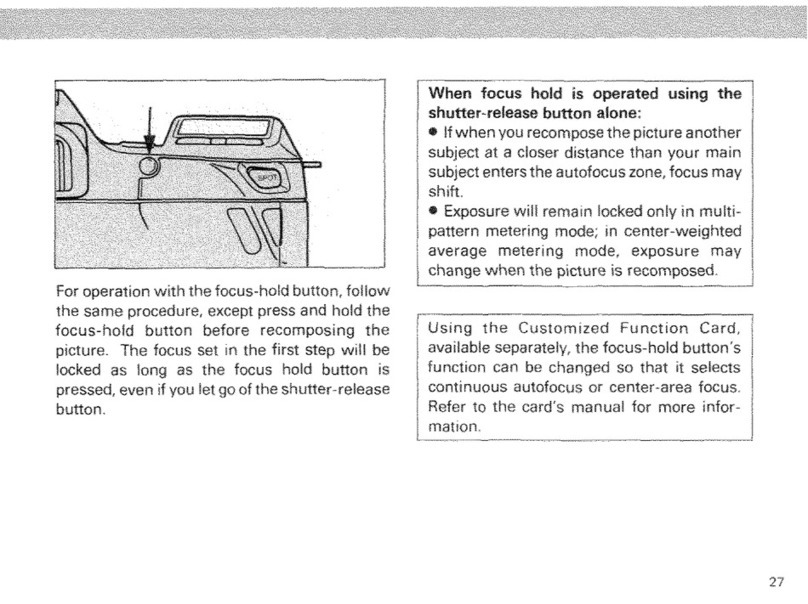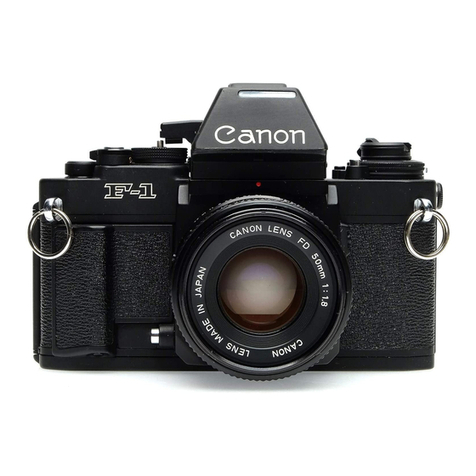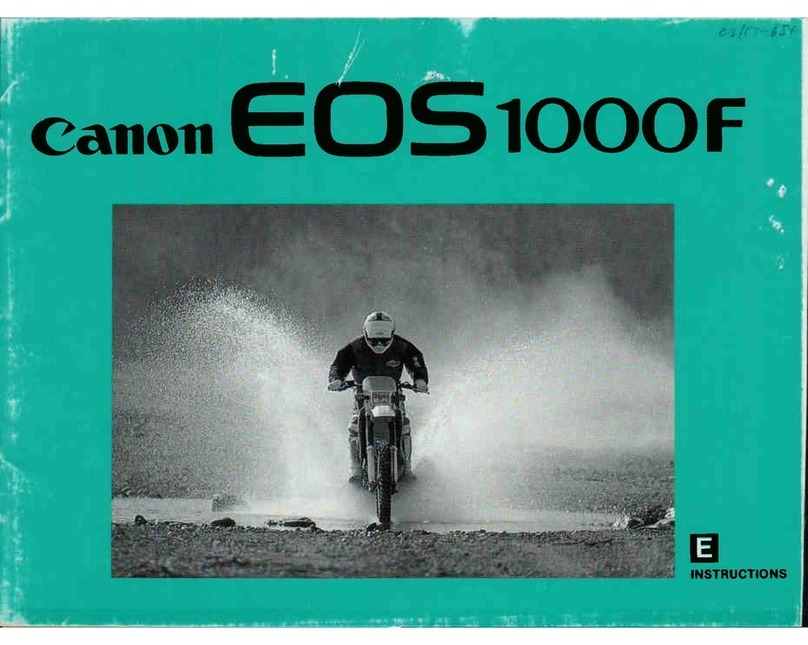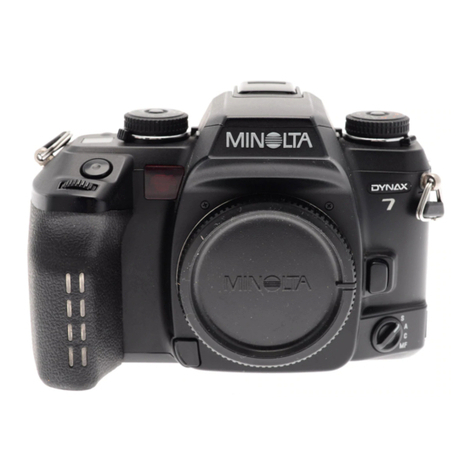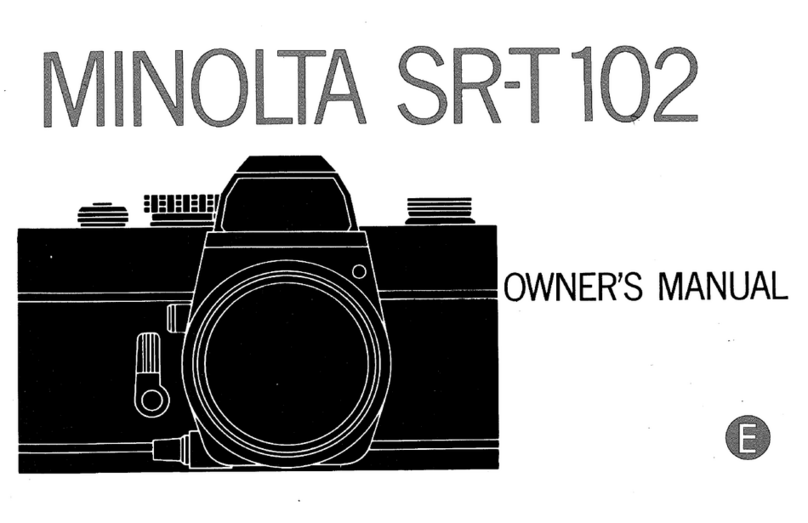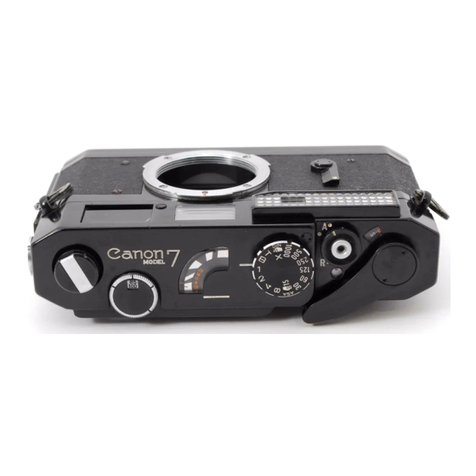Icarex
35S
Single lens reflex miniature film camera. Format
24
x
36
mm
All-metal die-cast body guarantees optimum technical precision and
stability.
Parallax-free mirror-reflex viewfinder
providing
bright
, large and evenly
illuminated lens field and automatic
mirror
return action.
Aperture indication and shutter cocking control.
Rangefinder coupled with lens setting.
Light metering system is CdS through-the-lens.
Correct exposure with
all
optical accessories.
Exposure meter setting indicated in viewfinder and in
window
on camera
body.
Interchangeable ZEISS lenses with breech-lock bayonet
mount
fitting and
automatic pre-set spring diaphragm from
35-400
mm
.
Manual diaphragm button
for
depth of field
control.
Shutter speeds from '
12
to
'hooo
seconds and "
B"
for
time exposures can
be set on one single ring.
Focal-plane shutter with synchronization
for
flashbulbs and
electronic
flash guns. Built-in delayed-action mechanism
for
exposures with self-
timer.
Setting scales
for
distance, aperture, depth
of
field, shutter speed and
film speed rating -readable at a glance from above.
With only a few accessories such
difficult
fields as close-ups, macro-
photography,
photomicrography
and reproduction work are considerably
simplified.
ZEISS
IKON
VOIGTL:A:NDER



